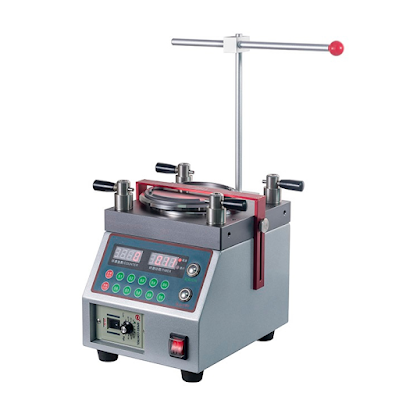The speed and stability of the
network in contemporary communication systems depend heavily on optical fiber's
effective transmission capability. One of the most important elements in
ensuring the quality of an optical fiber connection is the end face's
smoothness and accuracy. The optical fiber polishing machine is a
specialized piece of equipment that can efficiently enhance the quality of the
optical fiber end face, lower light loss during signal transmission, and
enhance network performance overall.
The purpose of fiber polishing is
to use physical techniques to precisely smooth the fiber end face. The main
idea is to utilize specialized polishing tools and materials to mechanically
rotate, vibrate, or rub off the rough surface of the fiber end face layer by
layer.
The distinction between
polishing and grinding
Fiber polishing and grinding are
both processes in the fiber end face preparation process, however they differ
in precision and function. Fiber Polishing Film is also a part. In order
to achieve nanometer-level smoothness and guarantee that the fiber end face is
free of burrs and scratches, polishing is the last fine processing step after
grinding.
Regulation of the polishing
angle
Particularly with connections of
the APC (angled physical contact) type, the polishing angle of the fiber end
face is very crucial. By carefully regulating the polishing angle, the
polishing machine makes sure that every fiber end face is polished at a certain
angle, which lowers light reflection and increases the efficiency of signal
transmission.
Benefits
High Efficiency: By
quickly polishing a large number of optical fibers, the fiber polishing
equipment significantly increases manufacturing efficiency.
Precision: The polishing
machine's automated control system can guarantee each polishing's correctness
and uniformity while lowering manual operation faults.
Flexibility: The polishing
machine is very adaptable and may be used with a variety of fiber connector
types, such as SC, FC, LC, etc.
Applications
Data centers, fiber-to-the-house (FTTH), telecommunications base stations, and other settings frequently utilize fiber polishing equipment. Because optical fibers in these industries must meet very high transmission performance standards, fiber polishing machine may greatly enhance the quality of optical fiber connections.
Follow our Facebook and Twitter for more information about our product.



